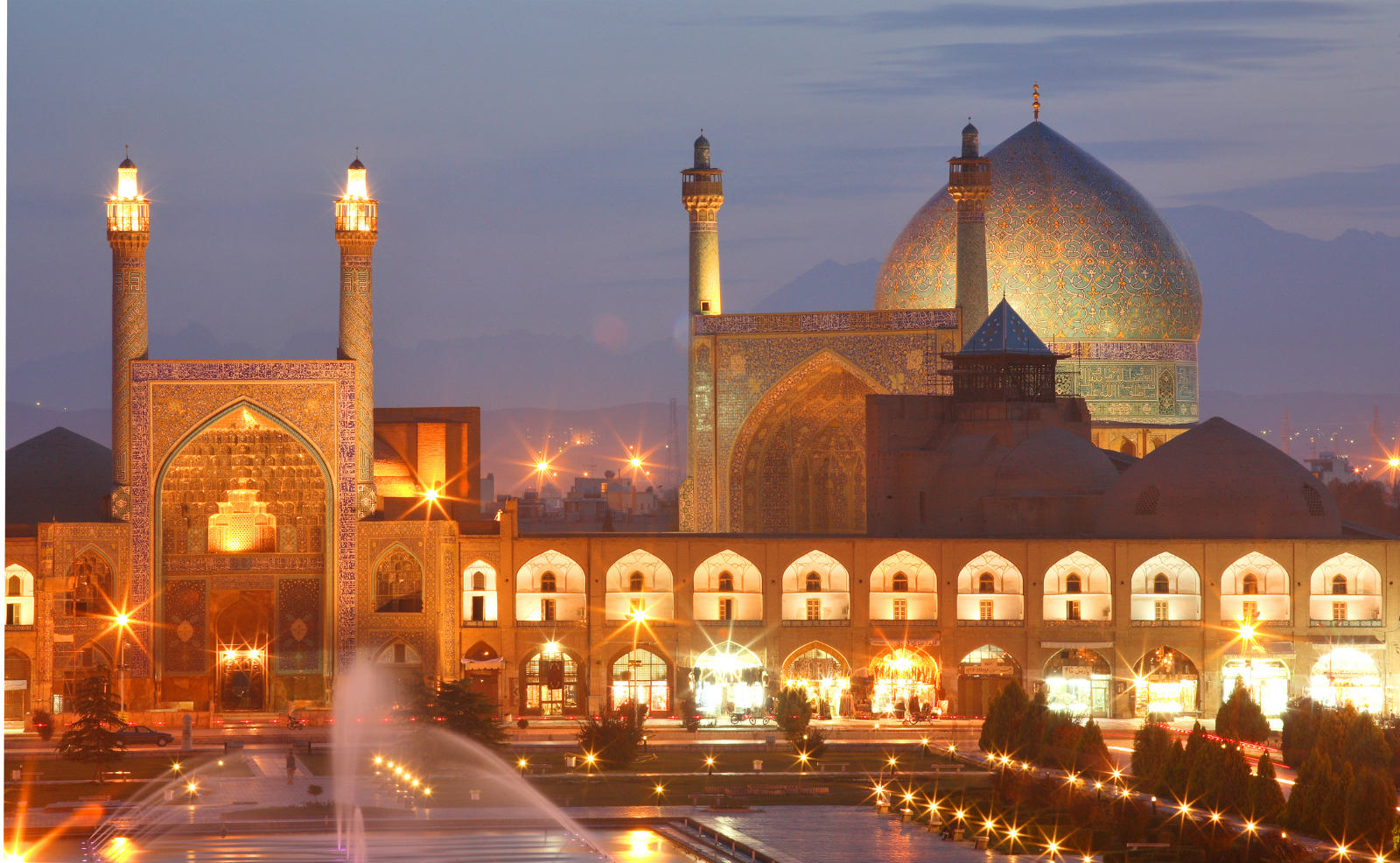
Introduction
Armenia, a landlocked country situated in the South Caucasus region, continues to capture global attention due to its complex political landscape and rich cultural heritage. Recently, the nation has faced significant challenges ranging from geopolitical tensions to domestic reforms. Understanding these developments is crucial for grasping Armenia’s future trajectory and the broader regional implications.
Political Landscape
In September 2023, Armenia’s government announced a series of reforms aimed at strengthening democratic institutions and tackling corruption. These reforms have been largely welcomed by international allies, particularly the European Union and the United States, who have emphasized their support for Armenia’s democratic aspirations. Prime Minister Nikol Pashinyan stated, “Our goal is to create a robust civil society and enhance our judicial institutions.” Such steps are seen as vital in countering the influence of external adversaries, especially following the recent tensions with Azerbaijan over the Nagorno-Karabakh region.
Geopolitical Challenges
Armenia’s geographical position has placed it at the heart of ongoing conflicts, particularly with its neighbour, Azerbaijan. The two countries continue to experience strained relations following the 2020 Nagorno-Karabakh war. As of October 2023, sporadic clashes have been reported along their border, raising concerns about regional stability. Amid these tensions, Armenia is seeking international mediation, with a focus on engaging both Russia and Western nations to facilitate dialogue and peacebuilding efforts.
Economic Developments
Economically, Armenia is looking to diversify its partnerships beyond traditional allies. In a recent economic forum, representatives from various countries convened to discuss investment opportunities in Armenia’s technology sector, which has seen remarkable growth over the last few years. The government has initiated several incentive programmes to attract foreign direct investment, promoting its burgeoning IT industry as a hub for innovation in the region.
Conclusion
In conclusion, Armenia stands at a critical juncture as it navigates a path toward strengthening democracy, addressing geopolitical tensions, and fostering economic growth. These developments hold significant implications not just for the nation itself but also for regional stability in the South Caucasus. Future international support and Armenia’s internal reforms will play a pivotal role in determining the success of these initiatives. As Armenia writes its next chapter, it beckons for renewed hope and opportunity amidst enduring challenges.
You may also like

Boris Johnson: A Look at His Current Political Landscape

Recent Developments Involving Jacob Rees-Mogg
